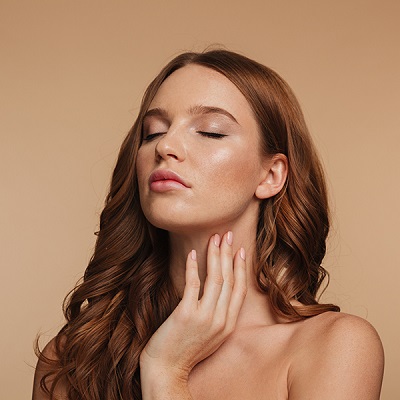Introduction
The quest for a defined and sculpted jawline has become a significant trend in the world of aesthetics. As social media continues to influence beauty standards, many individuals are seeking ways to enhance their facial features without resorting to invasive surgical procedures. Jawline fillers, a popular non-surgical option, offer a way to achieve a more chiseled appearance through the strategic application of dermal fillers. This article explores the various types of Best Jawline Fillers Muscat available, their benefits, potential side effects, and what to consider before opting for this treatment.
Understanding Jawline Fillers
Jawline fillers are injectable substances used to enhance the contours of the jawline and lower face. They can add volume, create definition, and provide a youthful appearance. The most common types of fillers used for this purpose include hyaluronic acid (HA) fillers, calcium hydroxylapatite (CaHA) fillers, and poly-L-lactic acid (PLLA) fillers. Each type has unique properties that make it suitable for specific aesthetic goals.
Hyaluronic Acid Fillers
Overview: Hyaluronic acid is a naturally occurring substance in the body that helps retain moisture and provide structural support to the skin. HA fillers, such as Juvederm and Restylane, are widely used for facial contouring due to their versatility and safety.
Benefits:
- Immediate Results: HA fillers provide instant volume and contouring, making them a popular choice for those looking for quick results.
- Reversible: If a patient is unsatisfied with the results, an enzyme called hyaluronidase can be injected to dissolve the filler.
- Natural Look: HA fillers integrate well with the tissue, resulting in a natural appearance.
Considerations: Although generally safe, potential side effects include swelling, bruising, and in rare cases, the formation of lumps.
Calcium Hydroxylapatite Fillers
Overview: Calcium hydroxylapatite fillers, such as Radiesse, are composed of microscopic calcium-based particles suspended in a gel. They are often used for deeper wrinkles and volume loss.
Benefits:
- Long-lasting Results: Radiesse can provide results lasting up to 18 months or more due to its ability to stimulate collagen production.
- Increased Structure: This filler is thicker than HA fillers, offering more significant lift and contouring.
Considerations: While effective, Radiesse is not reversible, and any dissatisfaction with results may require additional procedures to correct.
Poly-L-Lactic Acid Fillers
Overview: Poly-L-lactic acid fillers, like Sculptra, work differently from traditional fillers. Instead of providing immediate volume, they stimulate collagen production over time.
Benefits:
- Gradual Results: Sculptra results develop over a few months, creating a more natural transition as collagen builds.
- Long-lasting Effects: Results can last for up to two years, making it a suitable option for those seeking long-term improvements.
Considerations: As Sculptra requires multiple sessions for optimal results, the treatment process can be more time-consuming than with HA or CaHA fillers.
Factors to Consider Before Getting Jawline Fillers
Before deciding on jawline fillers, several factors should be taken into account:
1. Consultation with a Qualified Professional
Choosing a skilled and experienced injector is crucial. A consultation will help assess your facial structure, discuss your goals, and recommend the most suitable filler type.
2. Health History
Discuss any medical conditions or medications you are taking with your injector. Certain health issues may increase the risk of complications.
3. Realistic Expectations
Understand that while fillers can enhance your jawline, they won’t create a dramatic change. Set realistic expectations based on your facial anatomy and the type of filler used.
4. Costs and Maintenance
Consider the financial aspect, including the cost of the procedure and any potential maintenance treatments in the future. Fillers typically need to be refreshed every 6-18 months, depending on the type.
Conclusion
Jawline fillers present a powerful tool for those looking to enhance their facial contours without surgery. With various options available, including hyaluronic acid, calcium hydroxylapatite, and poly-L-lactic acid fillers, individuals can choose a solution that aligns with their aesthetic goals. However, it is essential to prioritize safety by consulting with a qualified professional and setting realistic expectations for the outcomes. With the right approach, jawline fillers can contribute to a more sculpted, youthful appearance, helping individuals feel more confident in their skin.





Comments